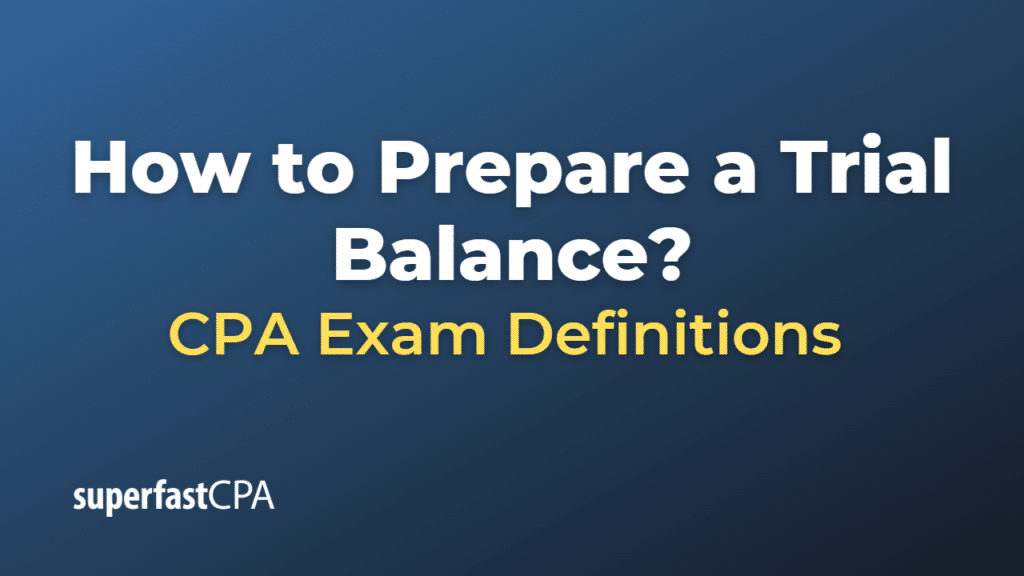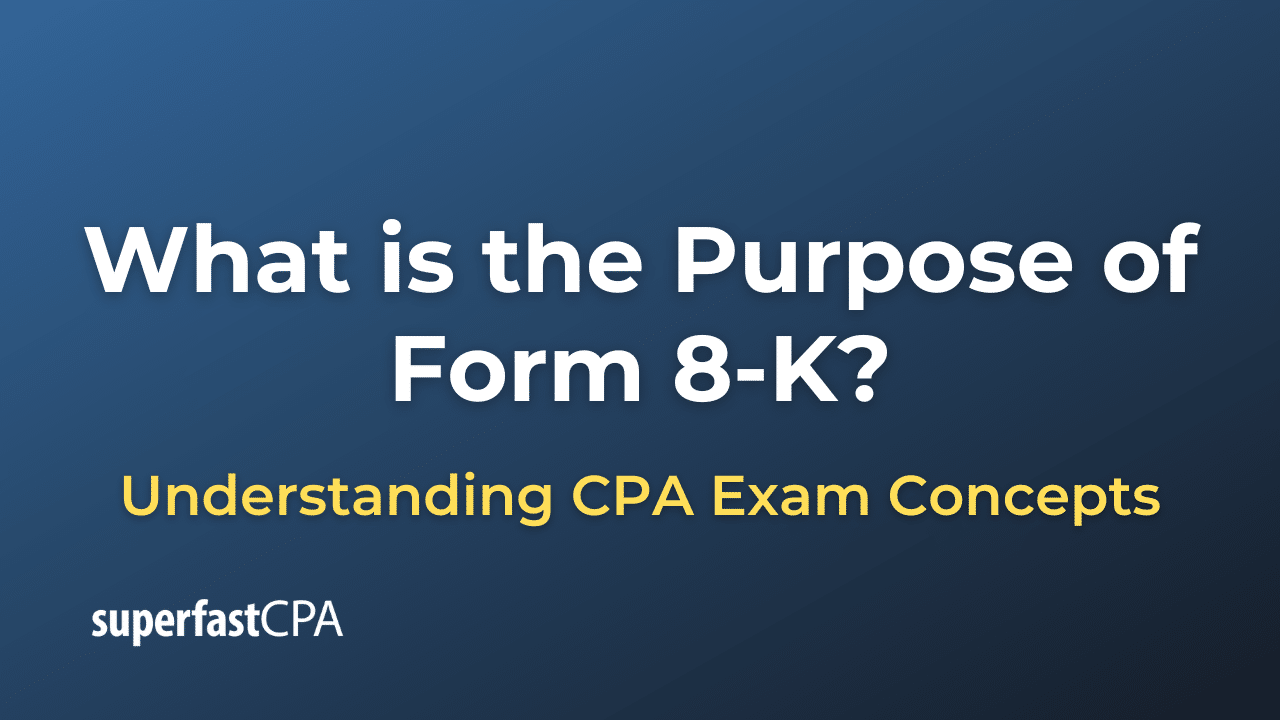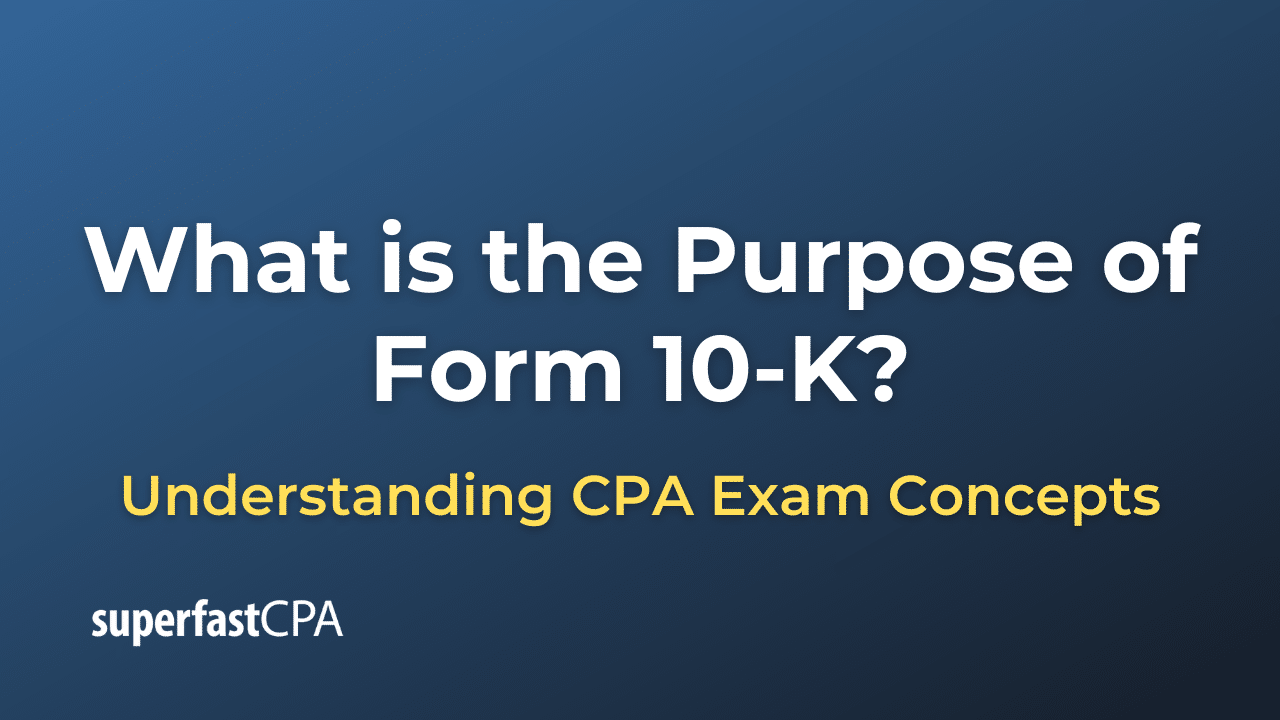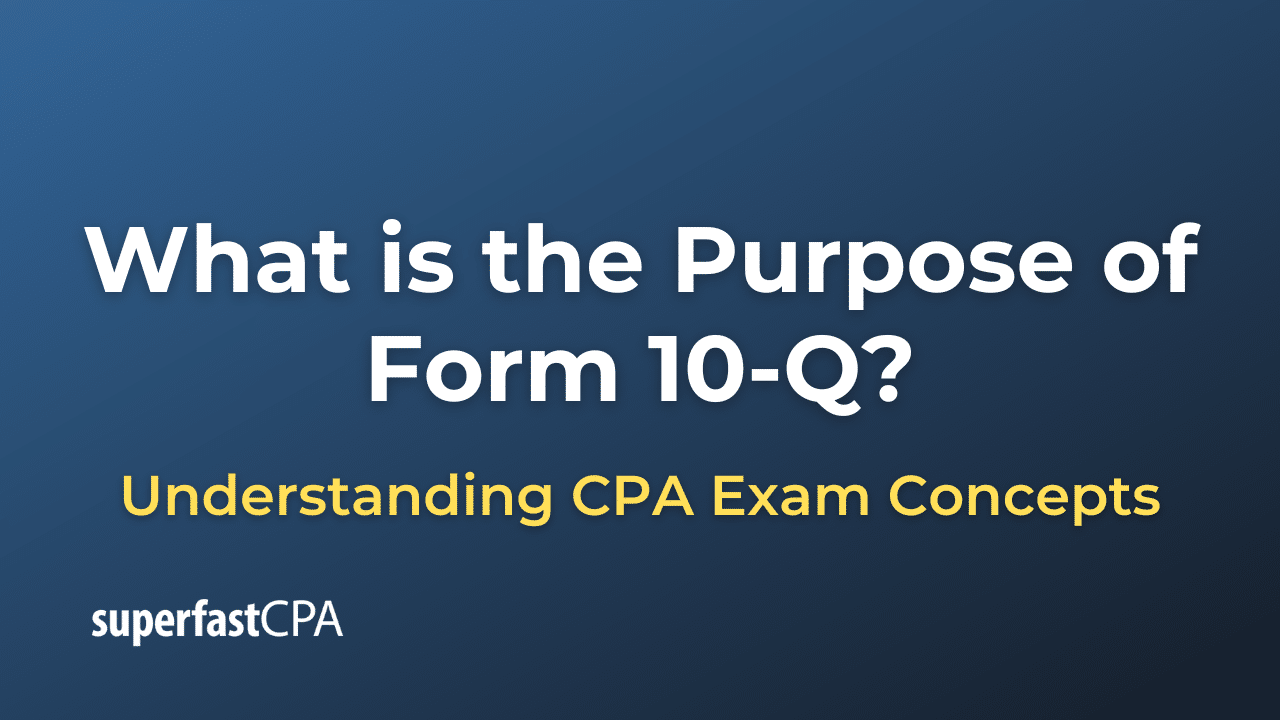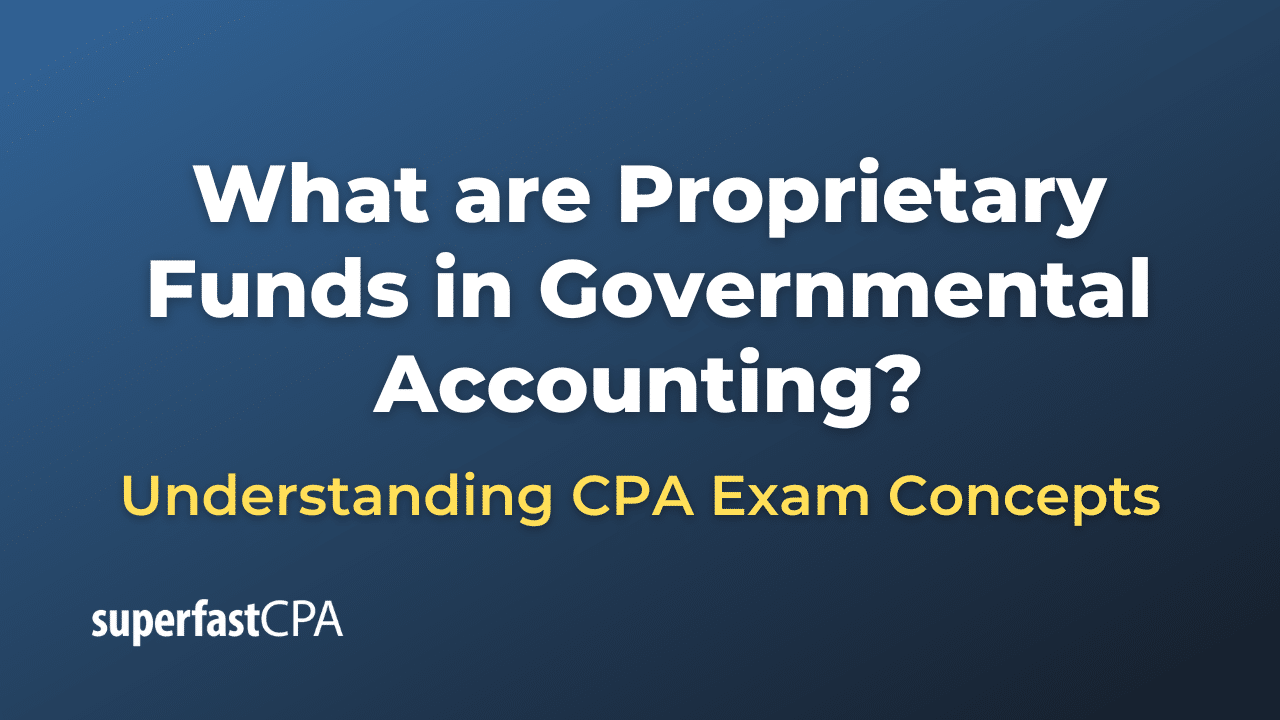How to Prepare a Trial Balance
A trial balance is a bookkeeping tool used to verify the correctness of journal entries in the general ledger. It ensures that the total of all debit balances matches the total of all credit balances. This helps to catch errors before the preparation of financial statements. Here are the steps to prepare a trial balance:
- Header: Start by creating a header for your trial balance. It should include the name of your company, the title “Trial Balance,” and the date for which the trial balance is prepared.
- List of Accounts: Prepare a list of all accounts in the general ledger. These should be grouped into the categories of assets, liabilities, equity, income, and expenses. Each account should be given a separate row in your trial balance.
- Extract Balances: Extract the balance of each account from the general ledger and record it in your trial balance. Debit balances should be placed in the debit column, and credit balances should be placed in the credit column. Some accounts might have a zero balance, which means there’s no need to record them in the trial balance.
- Calculate Totals: Calculate the total of each column at the end of the trial balance. The total of the debit column should equal the total of the credit column.
- Compare Totals: Compare the total debit and credit amounts. If they’re equal, the trial balance is said to be “in balance,” and you can proceed to prepare financial statements. If they’re not equal, there’s an error that needs to be corrected. Errors may include transposition errors (numbers switched around), slide errors (decimal point in the wrong place), or forgetting to record an entry.
A trial balance does not prove that all transactions have been recorded correctly or that the ledger is correct. It is simply a check to ensure that for every debit entry, a corresponding credit entry has been made.
Example of How to Prepare a Trial Balance
Let’s consider a simplified example of a trial balance for a hypothetical company “ABC Inc.” as of December 31, 2023:
ABC Inc. Trial Balance As of December 31, 2023
| Account | Debit ($) | Credit ($) |
|---|---|---|
| Cash | 15,000 | |
| Accounts Receivable | 7,000 | |
| Inventory | 10,000 | |
| Property, Plant & Equipment | 50,000 | |
| Accounts Payable | 6,000 | |
| Long-Term Debt | 20,000 | |
| Shareholder’s Equity | 40,000 | |
| Sales Revenue | 35,000 | |
| Cost of Goods Sold | 20,000 | |
| Operating Expenses | 7,000 |
Total | $99,000 | $101,000
As you can see, the totals of the debit and credit columns are not equal in this trial balance. The debit total is $99,000, and the credit total is $101,000. This imbalance indicates that there’s an error that needs to be corrected.
Assuming we find the error to be an accidental understatement of the “Cash” account by $2,000, the corrected trial balance would be:
| Account | Debit ($) | Credit ($) |
|---|---|---|
| Cash | 17,000 | |
| Accounts Receivable | 7,000 | |
| Inventory | 10,000 | |
| Property, Plant & Equipment | 50,000 | |
| Accounts Payable | 6,000 | |
| Long-Term Debt | 20,000 | |
| Shareholder’s Equity | 40,000 | |
| Sales Revenue | 35,000 | |
| Cost of Goods Sold | 20,000 | |
| Operating Expenses | 7,000 |
Total | $101,000 | $101,000
Now that the debit and credit totals match at $101,000, the trial balance is in balance, and we can proceed to the next steps of the accounting cycle.

